Retro Replay Review
Gameplay
Ikari III: The Rescue picks up the frantic, arcade-style action that made its predecessors memorable and ramps up the intensity from the very first stage. You begin unarmed, relying on quick reflexes and well-timed punches to fend off waves of enemy soldiers. As you push deeper into hostile territory, weapons like pistols, machine guns, and grenades become available, adding layers of strategy to each encounter. Deciding when to conserve ammo or unleash your arsenal against tougher foes keeps the gameplay engaging throughout.
(HEY YOU!! We hope you enjoy! We try not to run ads. So basically, this is a very expensive hobby running this site. Please consider joining us for updates, forums, and more. Network w/ us to make some cash or friends while retro gaming, and you can win some free retro games for posting. Okay, carry on 👍)
The vertical scrolling keeps the pace relentless, with enemies appearing from all sides and occasional boss encounters demanding focused firepower and pattern recognition. Levels are punctuated by brief safe zones where you can catch your breath—until the next ambush begins. While this design can feel punishing by modern standards, fans of hardcore run-and-gun will appreciate the deliberate challenge and the satisfaction of mastering enemy patterns.
Exploration is limited but rewarding: hidden power-ups and health pickups are tucked away behind destructible barriers or in off-the-beaten-path alcoves. Finding these stashes can be the difference between a triumphant rescue and a game over. The controls remain crisp and responsive, whether you’re ducking under fire, kicking open doors or trading shots with enemies in narrow corridors.
Graphics
For a late-’80s arcade port, Ikari III’s visuals strike a solid balance between detail and clarity. Sprite work on both your character and the myriad enemy types is well-defined, ensuring that you can quickly distinguish friend from foe even during chaotic firefights. The color palette leans heavily on earthy military tones, punctuated by bright muzzle flashes and explosions that stand out crisply against the battlefield.
Backgrounds offer a variety of environments—jungle outposts, enemy bunkers, and ruined urban blocks—each rendered with enough texture to feel distinct while avoiding visual clutter. Animations are suitably snappy: reloads, melee attacks, and death animations all flow smoothly, giving the action a sense of weight. While modern pixel art titles may outclass it in resolution, Ikari III’s graphics hold nostalgic appeal and remain functional for tracking on-screen chaos.
Transitions between levels are accompanied by simple cutscenes depicting your soldier’s progress and the kidnapped child’s plight. Though brief, these interludes add context to the mission without interrupting the momentum. On original hardware, sprite flicker can occur in the busiest moments, but on contemporary emulations or re-releases this issue is largely mitigated.
Story
The plot in Ikari III: The Rescue is straightforward yet effective: the presidential candidate’s child has been kidnapped by a shadowy army, and you’re the only one capable of cutting through waves of adversaries to save them. While there’s no branching narrative or deep character development, the urgency of the rescue mission keeps each level purposeful. Every checkpoint reached feels like progress towards the ultimate goal—reunification and safety.
Cutscenes between stages feature basic dialogue and mission briefings, reinforcing your objective without bogging down the gameplay. This “more action, less exposition” approach aligns well with the arcade roots of the series. The minimalist storytelling allows players to focus on the core run-and-gun mechanics, making every rescued civilian or defeated commander feel like a small but meaningful victory.
For players seeking narrative depth, the story may feel thin; there are no major plot twists or character arcs to uncover. However, the simplicity is part of its charm. The emotional hook—saving an innocent child—provides enough motivation to barrel through enemy lines, and the promise of a final showdown with the kidnapper adds an adrenaline-fueled climax that pays off in the closing levels.
Overall Experience
Ikari III: The Rescue offers a tight, challenging run-and-gun adventure that stays true to its arcade heritage. The learning curve is steep, but the satisfaction of persevering through relentless enemy onslaughts and finally reaching the final boss gives the game a rewarding sense of accomplishment. Casual players may find the difficulty daunting, but for seasoned arcade veterans or retro enthusiasts, each death is an invitation to refine tactics and try again.
Replay value hinges on mastering levels, uncovering all hidden power-ups, and improving completion times. Co-op fans will appreciate that two-player support returns, allowing a friend to join in the rescue mission for double the firepower and increased chaos. The ability to alternate lives and share weapons makes for dynamic teamwork and memorable moments of coordinated strategy.
Although it may not offer the narrative depth or modern polish of contemporary shooters, Ikari III: The Rescue stands as a testament to the pure, unrelenting fun of arcade action. Its combination of tight controls, varied weaponry, and nonstop enemy waves ensures that each playthrough is a test of skill and perseverance. For anyone looking to relive the golden era of run-and-gun arcade titles—or to experience it for the first time—this game delivers an adrenaline-charged rescue mission worth undertaking.
 Retro Replay Retro Replay gaming reviews, news, emulation, geek stuff and more!
Retro Replay Retro Replay gaming reviews, news, emulation, geek stuff and more!
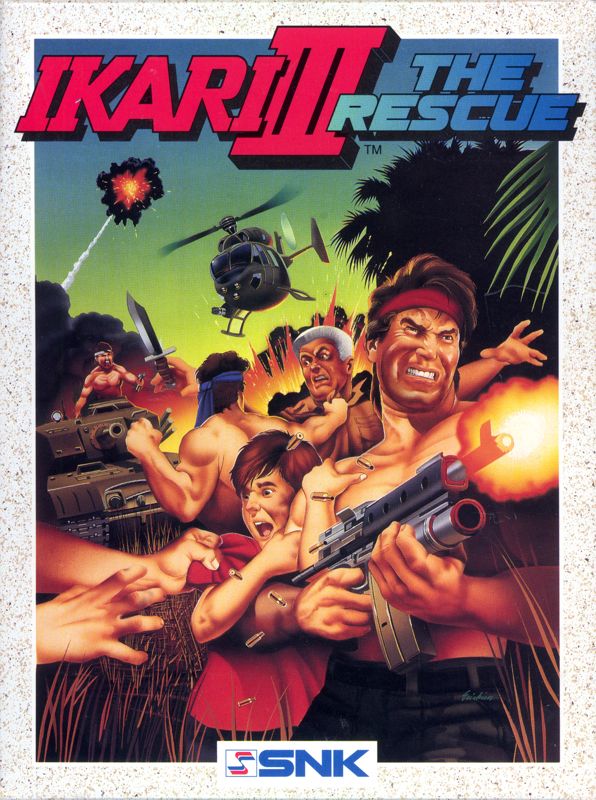
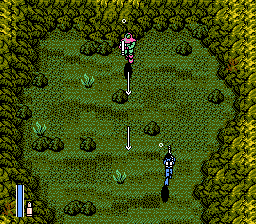
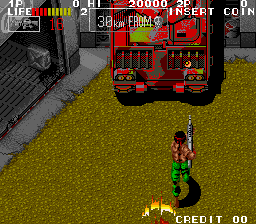
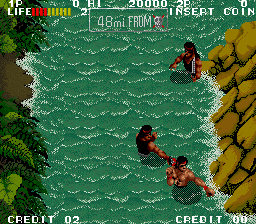
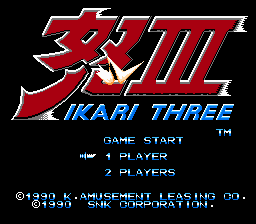
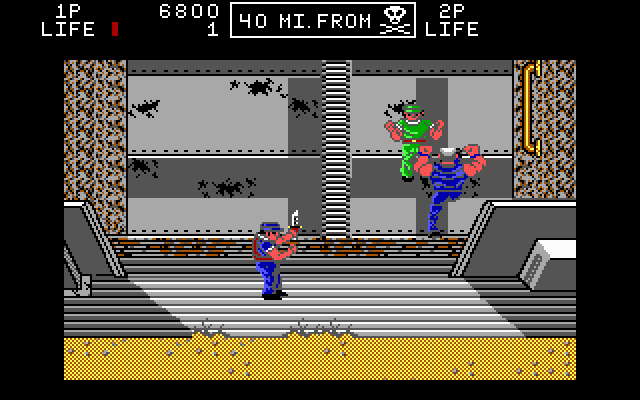



Reviews
There are no reviews yet.